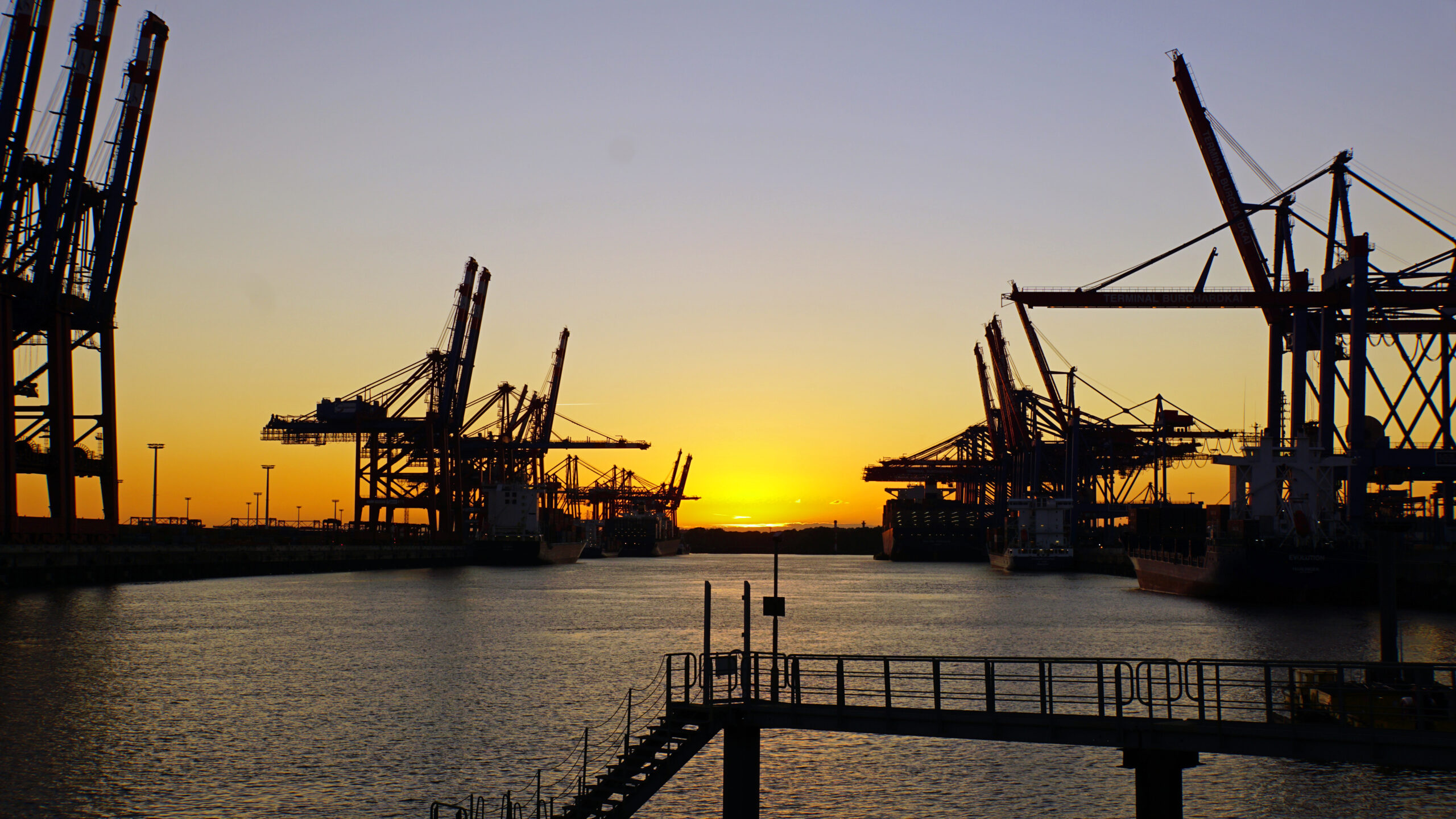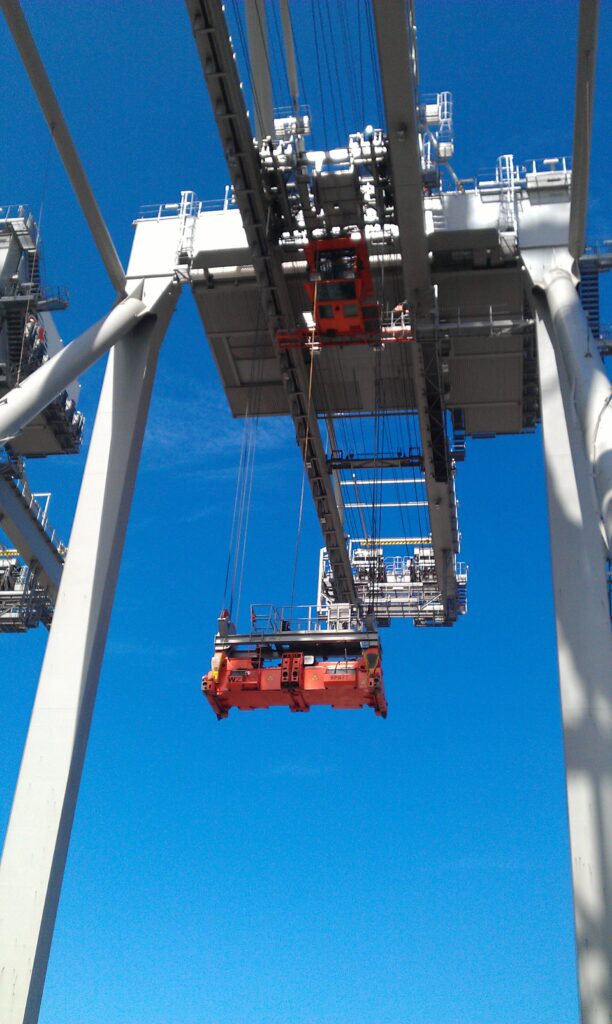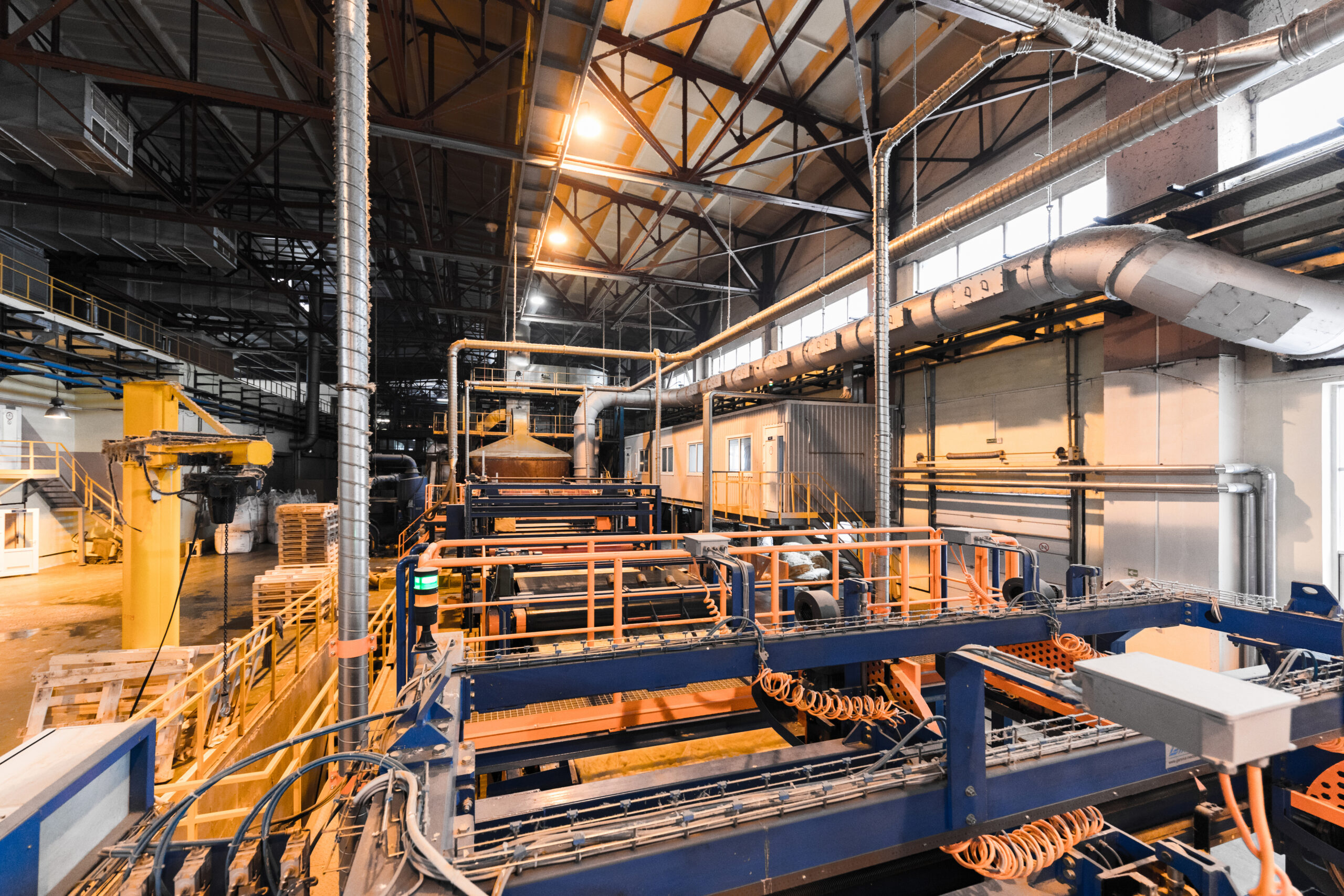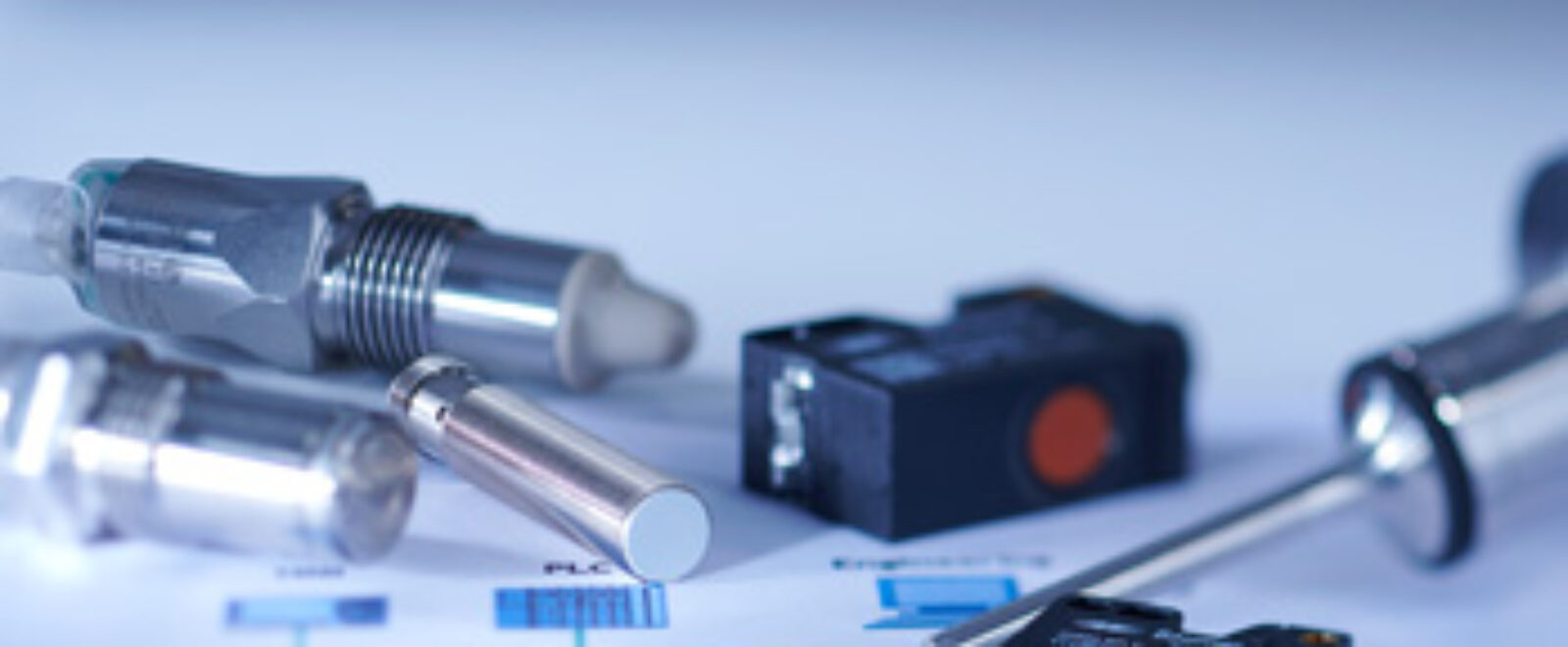In the world of industrial automation, motion control plays a key role in achieving precision, efficiency, and operational safety. Whether it’s synchronising robotic arms on an assembly line or controlling the precise movement of cranes and hoists, motion control systems are fundamental to modern mechanical and electromechanical processes.
But what exactly defines a motion control system? What components does it include, and where do these systems provide the most value? In this blog, we outline the principles of motion control, highlight its essential components, and explore its applications, while showing how Euro HÜBNER Benelux B.V. delivers high-performance motion solutions for demanding industries.
What is a motion control system?
A motion control system refers to an integrated set of components used to control the movement and positioning of machines. These systems are engineered to manage speed, direction, torque, and position with exceptional accuracy, whether the application involves linear or rotational motion.
Motion control can be found in both simple setups (e.g., controlling conveyor speed) and advanced configurations (e.g., coordinating multiple axes in automated machinery). In most cases, closed-loop systems incorporating real-time feedback are preferred for their precision and reliability. These systems ensure not just motion, but controlled and optimised movement tailored to the needs of each process or machine. One critical element that enables this accuracy is the use of encoders: sensors that convert motion into readable signals for monitoring and feedback purposes. If you’re unfamiliar with how these sensors work, you can learn more in our article on what are encoders, which explains their types, functions, and industrial relevance.

Core components of a motion control system
Each motion control system is built from core functional components designed to work together seamlessly:
1. Motion controller
The controller is the decision-making unit, interpreting programmed instructions and translating them into precise motion sequences. Controllers vary from simple PLCs managing basic movements to advanced multi-axis processors capable of coordinating complex synchronised operations in robotics or CNC machinery.
2. Drive or amplifier
Drives are essential for delivering the right amount of electrical energy to the motor. They regulate voltage and current to achieve the desired speed and torque. High-performance drives also feature onboard diagnostics, energy optimisation algorithms, and support for industrial communication protocols such as PROFINET or EtherCAT.
3. Motor
Motors are the mechanical workhorses of motion control. Servo motors provide high torque at low speeds with remarkable accuracy, while stepper motors are ideal for open-loop systems with moderate precision needs. In heavy-duty industries, rugged AC motors with robust enclosures are used to withstand harsh environments.
4. Feedback devices (encoders)
Industrial encoders are vital for position tracking and speed regulation. They ensure closed-loop accuracy by providing real-time feedback to the controller. Incremental encoders offer relative position data, while absolute encoders deliver precise shaft positions, crucial for automated systems that requires repeatability and minimal error. Understanding the difference between incremental and absolute encoders helps engineers select the right solution for specific applications.
5. Braking systems
In dynamic and safety-critical environments, electromagnetic brakes play a key role. They apply holding torque during system shutdown or emergency stops, helping prevent unwanted motion. Euro HÜBNER supplies standard and customised brake systems engineered to perform reliably under extreme conditions.
6. Human-Machine Interface (HMI)
HMIs are essential for system oversight, allowing operators to monitor, troubleshoot, and reconfigure motion parameters on the fly. Advanced HMIs include graphical touchscreens, data visualisation, and integration with SCADA systems to enhance usability and operational transparency.
Industrial applications of motion control
Euro HÜBNER’s motion control solutions are designed for rugged, high-performance use across key industrial sectors:
Manufacturing and assembly
Robotic arms, pick-and-place systems, and automated workstations rely on motion control to achieve speed, accuracy, and repeatability in high-volume production. Motion systems maintain consistent quality throughout production cycles.
Logistics and warehousing
In modern distribution centres, motion control powers conveyor lines, stacker cranes, and automated guided vehicles (AGVs). Accurate speed and direction control reduce handling errors and increase throughput, essential for 24/7 operations.
Packaging systems
Synchronised motion ensures efficient filling, sealing, and labelling operations. Systems need to operate with precise timing to handle high-speed packaging, accommodate product changes, and reduce waste caused by misalignment.
Cranes, hoists, and lifting equipment
In the heavy-duty industry, motion control systems regulate the movement of hoisting gear, trolleys, and slewing mechanisms. Real-time feedback combined with controlled acceleration and deceleration enhances both safety, and performance in handling large or delicate loads.
Renewable energy
Wind turbines require motion control for pitch and yaw adjustments to maximise energy capture. These systems must operate continuously under changing environmental conditions, demanding robust, weather-resistant components.
Electronics and semiconductor production
Motion control systems support sub-millimetre accuracy for tasks like chip placement, wafer alignment, and PCB routing. Systems must deliver repeatability, vibration suppression, and responsiveness to avoid costly production errors.

Benefits of advanced motion control
Well-designed motion control systems do more than move parts. They offer significant performance advantages:
- High precision: Enables precise positioning and movement synchronisation, critical in semiconductor, medical, and aerospace sectors. This level of control leads to improved product quality, reduced waste, and fewer rework cycles.
- Process stability: Smooth operation reduces mechanical stress, enhancing component longevity and minimising downtime. Stable systems are also easier to calibrate and less prone to fluctuation or instability during production peaks.
- Energy efficiency: Variable frequency drives and optimised motor controls reduce energy consumption, especially in continuous-operation environments. Motion control can also contribute to environmental goals through regenerative braking and load-adaptive energy use.
- Operational safety: Integrated braking, safety relays, and emergency stops reduce the risk of accidents during maintenance or power failure. Enhanced safety measures help meet industry regulations and protect both equipment and personnel.
- Predictive maintenance: Advanced feedback systems help detect wear or misalignment early, allowing timely maintenance and reducing unplanned outages. With continuous condition monitoring, motion control systems support longer service intervals and lower repair costs.
- Increased system flexibility: Modern motion control architectures allow for rapid configuration changes, system upgrades, and scalable solutions. This adaptability is crucial in industries facing frequent product changeovers or evolving production requirements.
Together, these benefits underscore why investment in a well-integrated motion control system is not only a technical decision but a strategic one. It influences every aspect of operations, from performance and uptime to safety and sustainability.
Industry trends in motion control
Modern motion control technology is evolving quickly to meet the demands of digitalised, connected, and sustainable operations.
Real-time feedback
Smart encoders and sensors from Euro HÜBNER provide live data for improved system control and diagnostics. These insights enable closed-loop performance and help with predictive maintenance planning.
IIoT and digital integration
Industrial Internet of Things (IIoT) capabilities are transforming motion control by connecting machines, collecting data, and enabling cloud-based monitoring. Motion controllers are now often integrated with MES (Manufacturing Execution Systems) for total plant visibility.
Compact modular systems
To maximise space and flexibility, modern systems are becoming more modular. This simplifies both design and maintenance, and allows for easy scaling as automation needs evolve.
Regenerative braking and sustainability
Innovative braking technology now includes regenerative features that feed excess energy back into the system or grid. This not only saves energy but supports corporate sustainability goals.

Why choose Euro HÜBNER Benelux B.V. for motion control
Euro HÜBNER Benelux B.V. is a trusted supplier of motion control components engineered for performance in the most challenging environments. Our offering includes:
- High-quality encoders, brakes, and drive components
- Customisable motion control system design support
- On-site advice, installation guidance, and troubleshooting
- Fast access to replacement parts and technical documentation
With deep knowledge of the industrial sectors we serve, we partner with clients to provide tailored solutions, no matter the complexity of the task. Our collaboration with global technology partners ensures that our clients receive both local support and cutting-edge solutions.
Conclusion
In automation, motion control is more than movement; it’s a precision technology that determines how well your system performs. With a robust motion control system from Euro HÜBNER Benelux B.V., you gain control over every detail. From acceleration to stopping and from positioning to safety.
Whether you need to implement a new system or upgrade your existing infrastructure, our team can help you achieve superior results.
Looking to improve your motion control system? Contact us to discuss the right components and configuration for your application.
